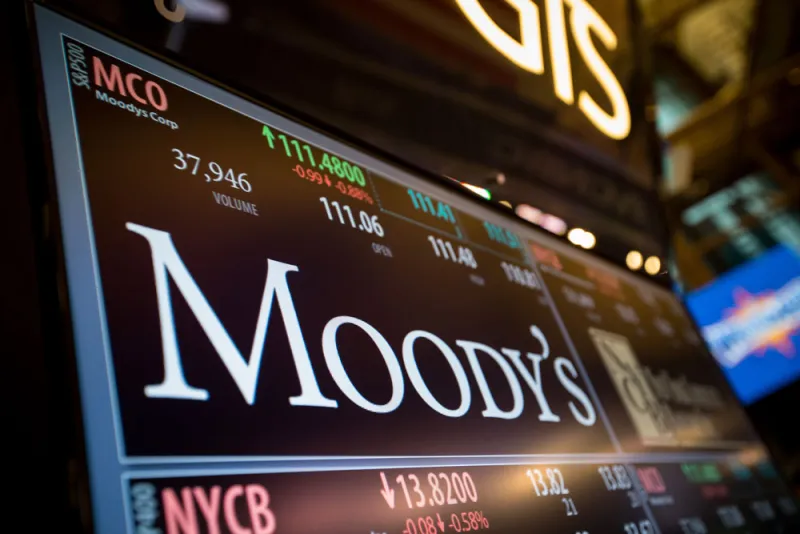The number of low-rated companies deemed highly vulnerable to default may jump “dramatically” in the next downturn, possibly exceeding levels seen in the financial crisis, as a result of private equity activity, according to Moody’s Investors Service.
While the pool of companies rated Caa looks “benign” at eight percent of the speculative-grade universe in North America, it’s poised to swell from the historically high concentration of risky borrowers rated just one level higher and mainly owned by buyout firms, according to a Moody’s report this week. The credit rater said defaults could top the Great Recession’s peak of 14 percent in 2009.
“Before the Great Recession, overall corporate family ratings were much higher than today,” Moody’s said in the report. “We believe the B3 population could trigger a major upsurge in the number of Caa issuers and defaults once the credit cycle turns, with the number of Caa issuers exceeding the Great Recession of 2008-2009.”
The group of companies rated B3, or six levels below investment grade, primarily has grown from private equity firms buying them in highly-leveraged buyouts, according to the report. These speculative-grade businesses have limited financial flexibility to make it through a downturn, Moody’s said.
[II Deep Dive: Buyout Firms Will Make the Next Downturn Worse, Moody’s Says]
Caa ratings almost always result from a downgrade, according to Moody’s, meaning many private equity-backed companies are in a vulnerable position when market sentiment changes.
“Healthy credit conditions, fueled by chronically low interest rates, have supported highly leveraged balance sheets while allowing issuers to minimize interest costs and extend maturity profiles,” Moody’s said. “Downgrades and defaults could be triggered by any number of events, including an economic recession, secular downturn, a change in the interest rate environment or if the loan investor base dries up, especially CLOs.”
Collateralized loan obligations are the biggest buyers of leveraged loans, a type of financing used by private equity firms to help fund their deals. Private equity firms also heap debt on companies they own to pay themselves dividends.
Buyout firms now own about 80 percent of companies with B3 ratings and 68 percent of those rated Caa, according to the report. “A burdensome debt load and an overly aggressive acquisition strategy and integration challenges can push viable businesses into the Caa category,” Moody’s said.
The B3 group has ballooned to almost double its size during the last recession, representing 30 percent of the speculative-grade universe. And about a third of B3-rated companies have a negative outlook, meaning they’re “dangling closest” to a Caa rating, according to the report.
Meanwhile, there are risks beyond debt levels and downgrades that will hurt investors in the next downturn, according to Moody’s.
“We expect that the decline in credit protection within loan agreements and bond indentures, along with weaker capital structures, will hurt recovery outcomes,” the credit rater said.







